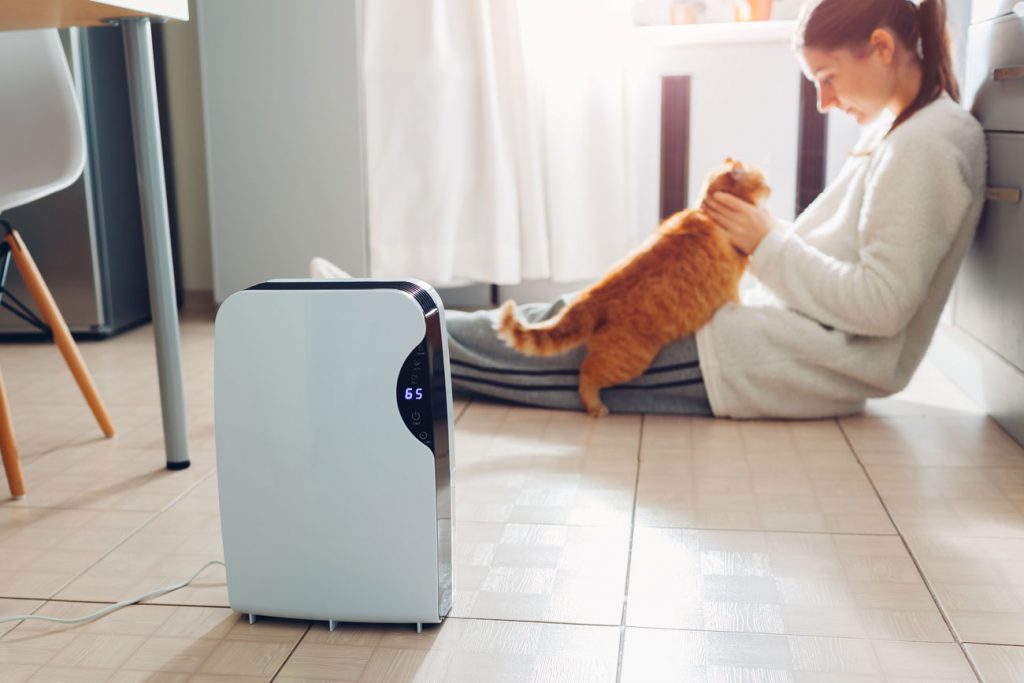The HVAC industry is one has is being subject to rapid and significant change, especially during the last decade. From the shift in design and approach to installations, smart technologies, sustainable alternatives, and compatibility with the construction industry, there are many air conditioning trends that will change the industry as we know it. Therefore, it might come in handy to learn more about these trends, as they could help us make better and smarter HVAC decisions in the future.
Smart Technologies
Just as in almost every other industry, the development and implementation of smart technologies is one of the most important air conditioning trends. We have already seen the rise of smart thermostats, which come with many benefits. However, implementing smart technologies in the HVAC industry is going much further. Automated sales and service processes help companies cut costs and keep competitive prices.
Software as a Service
Many companies are also learning how to take advantage of technology by offering or purchasing Software as a Service, also known as SaaS. For example, data analysis technologies can help streamline processes and make HVAC systems more efficient. Contractors are also using software, widgets, and Search Engine Optimization solutions in order to get a deeper insight into their products and how to benefit their clients more accurately.
Sustainable Alternatives
As part of the driving air conditioning trends we have seen recently, we have sustainable alternatives for the industry. For example, popular methods like DeVAP (Desiccant Enhanced Evaporative), solar, and geothermal air conditioning represent eco-friendly solutions. DeVAP in particular has become more and more popular recently, as this system can offer a similar cooling effect to that of traditional AC units, yet it consumes less energy and represents an environmentally-friendly refrigerant.
Environmentally Friendly Refrigerant
Besides DeVAP, there are other refrigerant alternatives that aim at achieving cooler results while reducing the impact they have on the environment. The most common component used as refrigerant is called CFC, or chlorofluorocarbons, and it is hazardous for the environment. CFC damages the ozone layer and exacerbates the greenhouse effect, which is why many experts are working on new, eco-friendly alternatives. One of them includes R22, a much more environmentally friendly refrigerant that has become one of the most relevant air conditioning trends of this year.
Construction Compatibility
There has always been a strong link between the construction industry and the HVAC industry, which sounds more surprising than it actually is. Whenever there is a new building under construction, an essential part of the design is the air conditioning and ventilation system. As a result, changing trends and approaches in the construction industry are also influencing air conditioning trends. This is particularly true when it comes to sustainable design and eco-friendly building materials.
